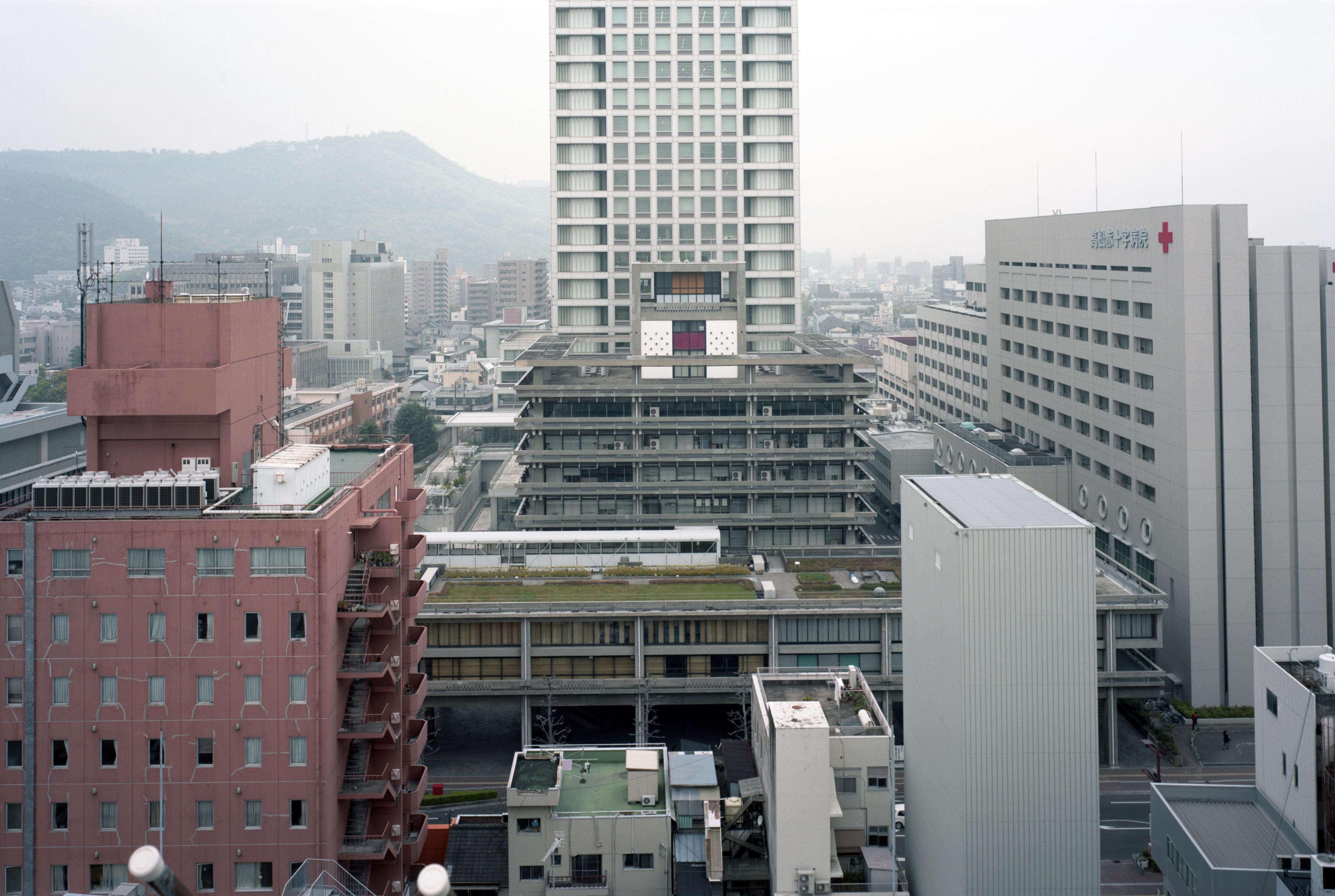Kenzo Tange, one of the most significant Japanese architect of the 20th century, was born 100 years ago this year. Tange spent much of his childhood in Imabari, Ehime Prefecture, on the Seto Inland Sea, and all of the most significant of his early works dating from the 1950s, from the Hiroshima Peace Center to government offices in Takamatsu and Kurashiki, are dotted around the region.
With the centennial coinciding with this year's Setouchi Triennale, a series of symposia and architecture tours has been organized in venues around the Inland Sea, along with an ambitious exhibition exploring Tange's works and legacy at the Kagawa Museum in Takamatsu.
Tange's great achievement was to develop an architectural language that could fully express Japan's postwar aspirations for modernity while staying in close communion with the wellsprings of its cultural heritage, a quest that offers some guidance for those navigating the trackless oceans of globalized cultural production today.



















With your current subscription plan you can comment on stories. However, before writing your first comment, please create a display name in the Profile section of your subscriber account page.